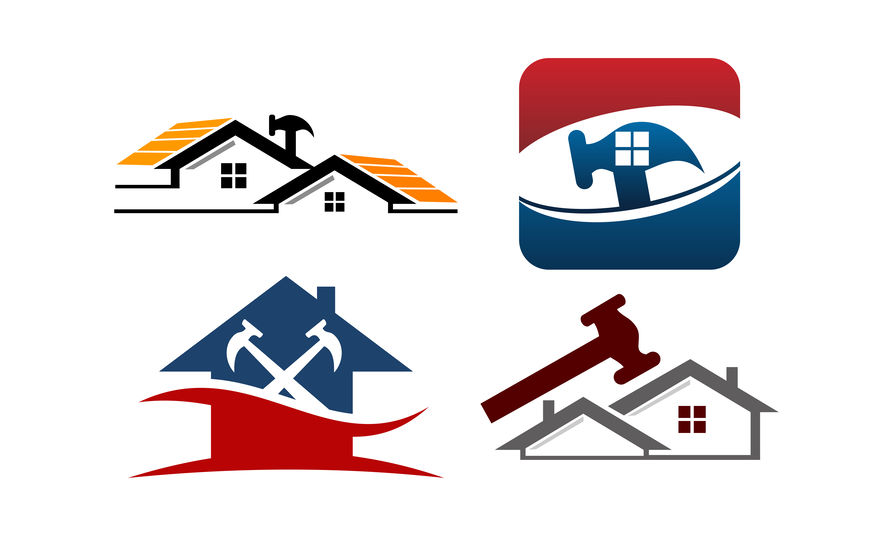The design of the buildings has greatly evolved over the years, but their functions have remained pretty much the same: protection, comfort and aspect. However, more recently, the environmental impact of eco-friendly buildings and green roofing solutions has gained more and more importance.
With the development of a broader vision of sustainability, we must remember that from the point of view of the life cycle, the environmental impact of any building is generated by its energy consumption and the use of renewable materials.
Green roofs go beyond contemporary architecture and add value to the role of buildings when it comes to urban planning. Nowadays, they are designed not only to bring the natural elements back into the urban environment, but bring solutions to important problems such as the effect of “urban thermal island” and storm water management.

Going green is a great idea for your upcoming roof replacement project.
According to a popular Parker roofing contractor, these are advantages of green roofs
Green roofs have emerged also due to technological advances in terms of design, state-of-the-art building materials and emerging ideas on how to make buildings more sustainable and friendly. The modern green roofing emerged in the `80s, in Europe, and spread to the US after 2000. Green roofs are now on thousands of metropolitan buildings around the world.
Analyzing the different reasons presented for the promotion of public policies that include them as part of the sustainable development of buildings, we can see many advantages related to green roofs:
Green roofs are the best option in storm water management. Compared to traditional roofs, they can retain large amounts of precipitation, which eventually return to the atmosphere. The level of water retention depends on the vegetation on the roof, as well as on the composition, volume and nature of the substrate. Green roofs can also be designed to direct the water to reservoirs, gardens or ponds.
Green roofs filter pollutants before they reach sources of natural water. In summer, temperatures in cities with enough green roofs are lower and thus more comfortable, because green roofs act as insulators. Today the average global temperature is 0.850 degrees higher than at the end of the 19th century. Statistics and reports show that the last 30 years have been the warmest. In winter, green roofs keep the snow, adding an extra layer of insulation.
Most green roofing membranes come with 20 year-warranty.
Green roofs have a porous mass, which also provides great sound insulation. Depending on their depth and composition, these roofs can reduce the noise impact coming from an airplane by up to 10 decibels.
In addition, they allow the restoration of habitat for plants, birds and insects. Green roofs attract bees and other pollinators.
There are many hotels that have green roofs with terraces and even small gardens, where guests can relax and chefs grow their vegetables and herbs. Also, people who work in office buildings with green roofs seem to be more productive, because the green environment is not only aesthetic, but it also reduces stress and promotes relaxation.


